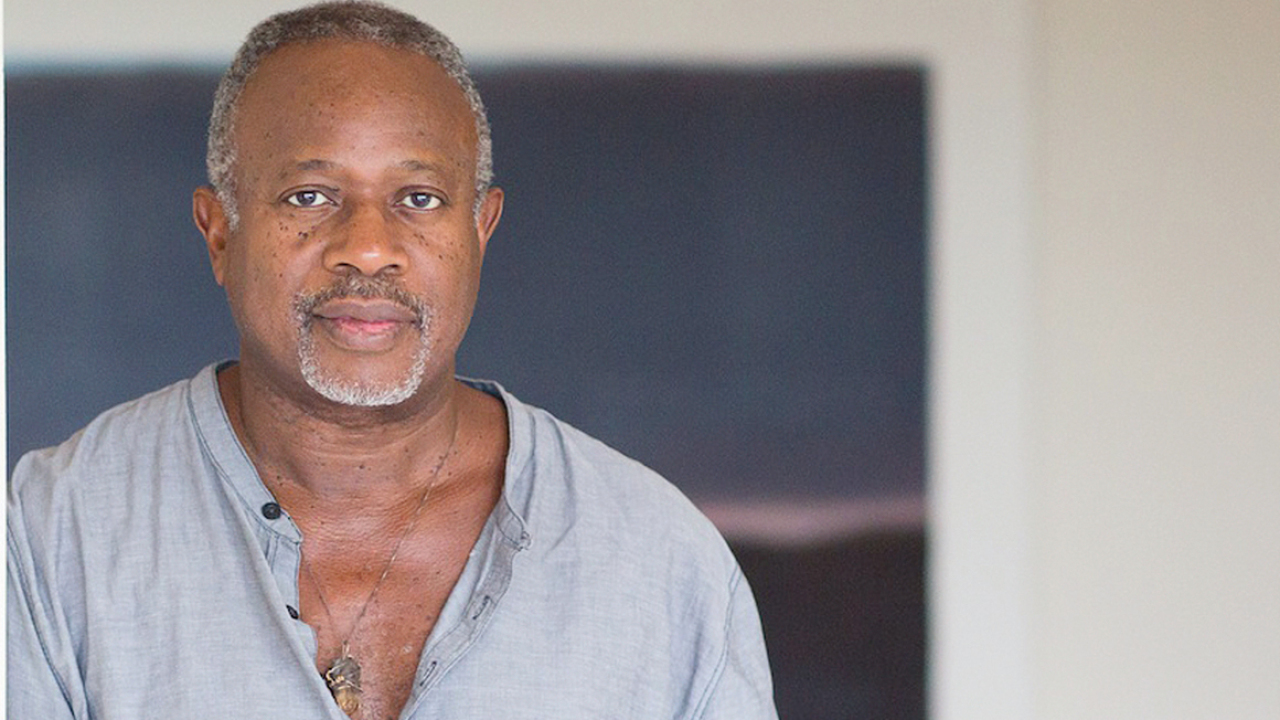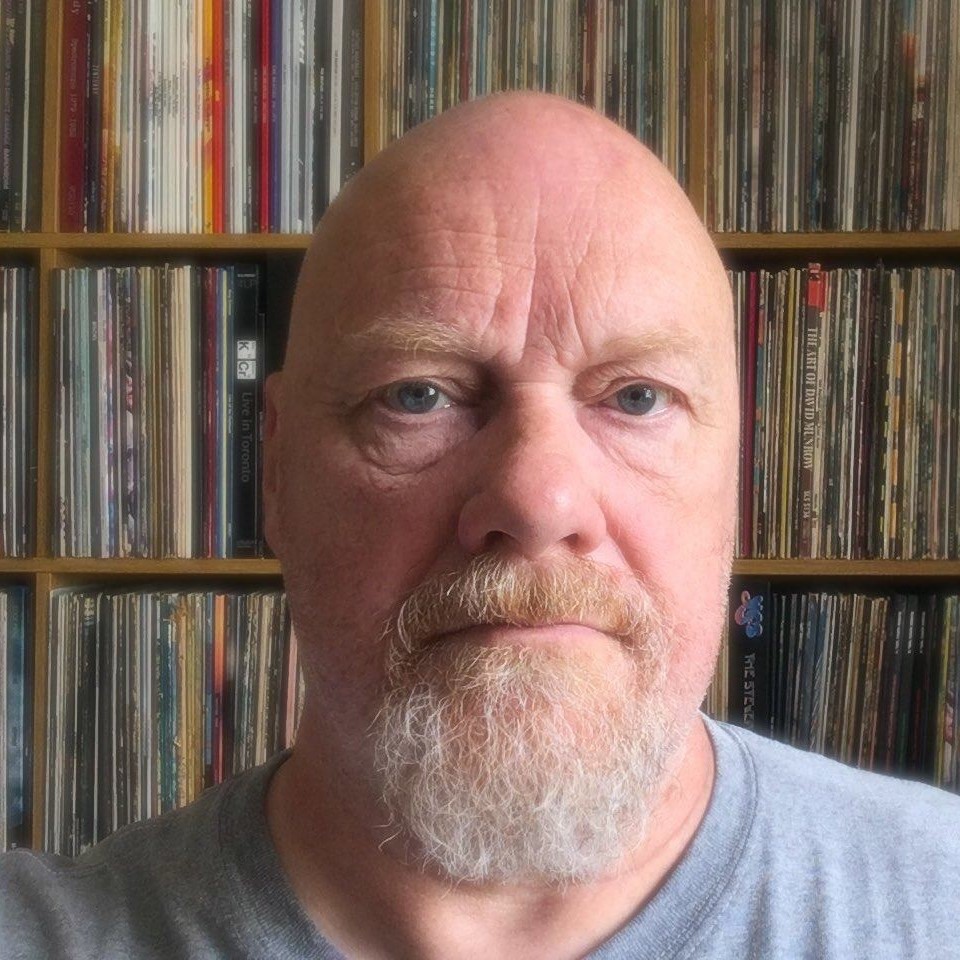David Sancious first came to the world’s attention as the keyboard player on Bruce Springsteen And The E Street Band’s 1973 debut Greetings From Asbury Park, but his musical horizons stretched way beyond The Boss’ blue-collar rock.
Leaving Springsteen in 1974, he raised more than a few eyebrows when he formed his own prog-jazz power trio, Tone, in which he showed he could play a mean lead guitar, as well as being an all-round wizard on the keyboards. Since then he’s played with practically everybody in the music industry. With the first two Tone albums just reissued, Sancious has been touring with Peter Gabriel and was inducted into the Rock And Roll Hall Of Fame in April. The Grammy-winner is clearly a man who likes to keep busy.
So how was it in the Rock And Roll Hall Of Fame?
That was an incredible night! I was playing with Peter Gabriel and with Bruce Springsteen. Working with Bruce again after all these years was really magical. It was like we never stopped. The TV presentation we have here in America has been severely edited, with songs taken out, but the original night itself was just amazing.
After you left Bruce Springsteen in 1974, you formed your own power trio. What attracted you to the trio format?
When you’re in a trio, everything is very exposed and exciting and I think it draws in the audience even more. I always knew it was going to be a three-piece band. I liked the energy of a trio. My favourite bands were Cream, Hendrix and Emerson, Lake & Palmer. They were all great trios and I’ve always loved that grouping.
Cream, Hendrix and ELP – that’s a bit of an odd mix, isn’t it?
I was being very influenced by what was going on in the British progressive rock scene with bands like Yes and Genesis, as well as ELP. I also loved that format of really long songs.
What’s been the best thing about working with Peter Gabriel?
Oh man, we have a ball! Peter is a sweetheart of a human being in the first place, so it’s great to be around him. The music is fantastic so it’s really a win-win situation.
And the worst thing?
I’m hard-pressed to think of any downsides to working with him. Some of the travel on this last tour commemorating the 25th anniversary of So was a little intense, but it comes with the territory, you know? I’ve been working with Peter since the 80s and after such a long period of time, I can’t say enough good things about him. It’s been such a great experience.
How did you come to play with Gabriel in the first place?
Peter liked the first Tone album, Forest Of Feelings, and I’d been out gigging with Tone when I got a call from the record company saying that Peter Gabriel had sent a telegram – so that’s how long ago it was! – saying he’d like me to work with him. He’s great.
We know you as a keyboard player but you’re also an accomplished lead guitarist. How did that come about?
I’d been turned on to the first Jimi Hendrix album when I was very young and I’d already been learning acoustic guitar. Later on, I got tired of turning up to gigs as a pianist because you never knew what the house piano was going to be like. Some of them were just horrific. So I practised secretly for a year and after that started playing publicly. I wasn’t torn between keyboards or guitar. There was no conflict. I was happy to play both and interested in their qualities rather than being frustrated with one or the other. I’m happy and comfortable playing both.
You toured and recorded with Jon Anderson for his solo album Animation in 1982. What was that like?
Jon is a unique voice in the pantheon of progressive rock music. It was fun working with him. We did a tour of that album and it was great playing it live. It was also interesting to play the Yes material, such as Close To The Edge and Heart Of The Sunrise and so on, with him being not only the singer but the co-composer of some of it. I also got to play things like The Play And Display Of The Heart from the second Tone album, Transformation. We had a very good band, including guitarist Clem Clempson [ex-Colosseum] who was also in Jack Bruce’s band with me for a while.
How’s tricks with Jack Bruce?
Oh, he’s a great player. He can play jazz, rock, blues, classical, anything. Plus he’s a great singer, period. His is an amazing talent. I worked with Jack alongside Clem Clempson and Billy Cobham. The whole project lasted about one year, touring Europe and America. The record we did, I’ve Always Wanted To Do This [1980], got a bit of a mixed review but I really enjoyed that experience of working together. He really inspired me to sing, actually, many years later, which I really enjoy doing. To be around Jack and to hear his voice up close and personal was something special.
Do you have to pinch yourself when you work with your musical heroes?
It’s quite something to play in concerts with people you’ve grown up listening to and admiring, and who are responsible for a part of your own musical development. Cream are probably my favourite trio and I’ve been able to work with two thirds of them, Jack Bruce and Eric Clapton. It’s been really fun to doing those things and to be able to get to know them personally.
You’re not tempted to work with Ginger Baker then?
I hear stories! I’ve never met the man personally and he’s never done me any harm, but the stories are legendary.

